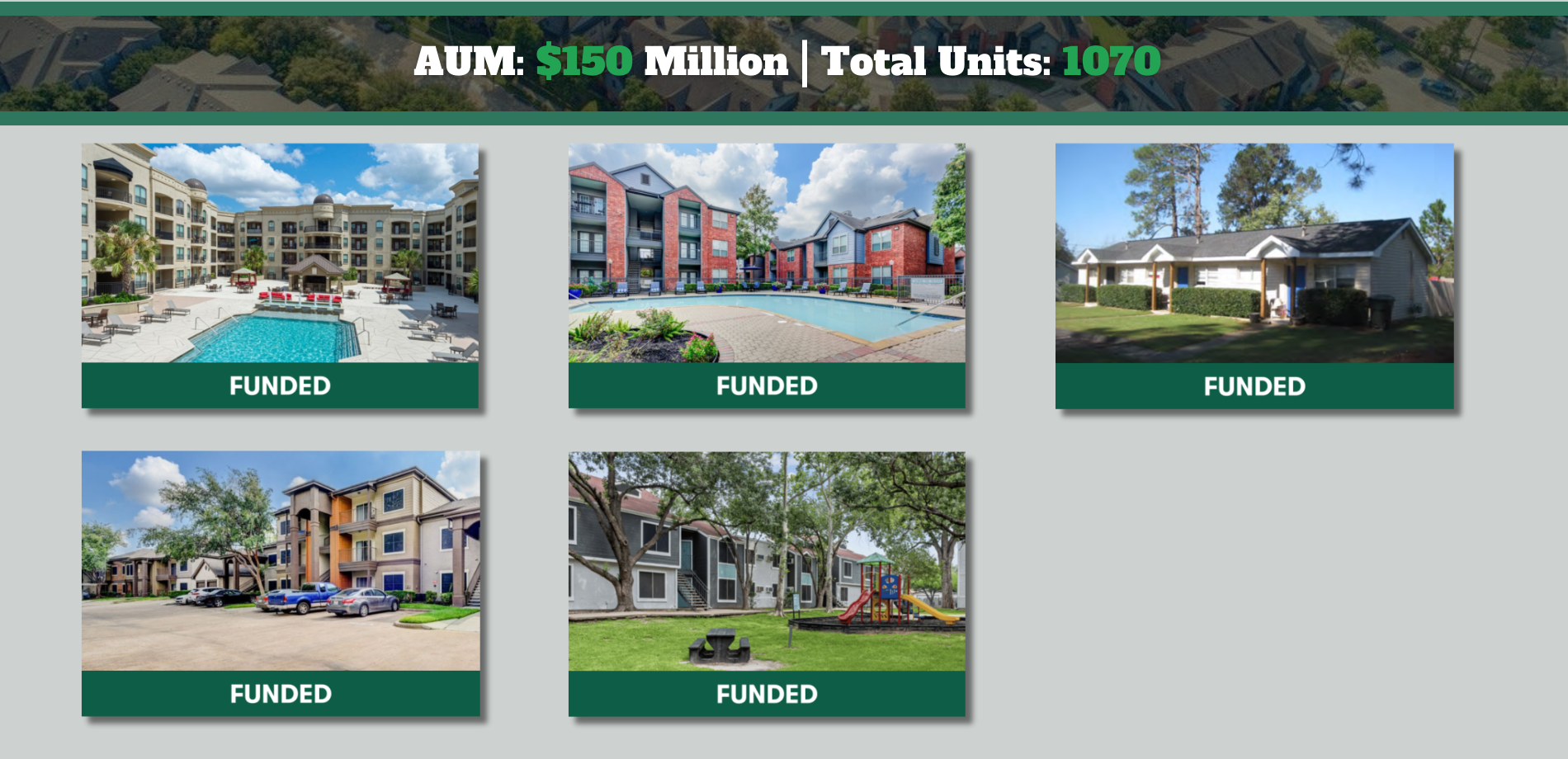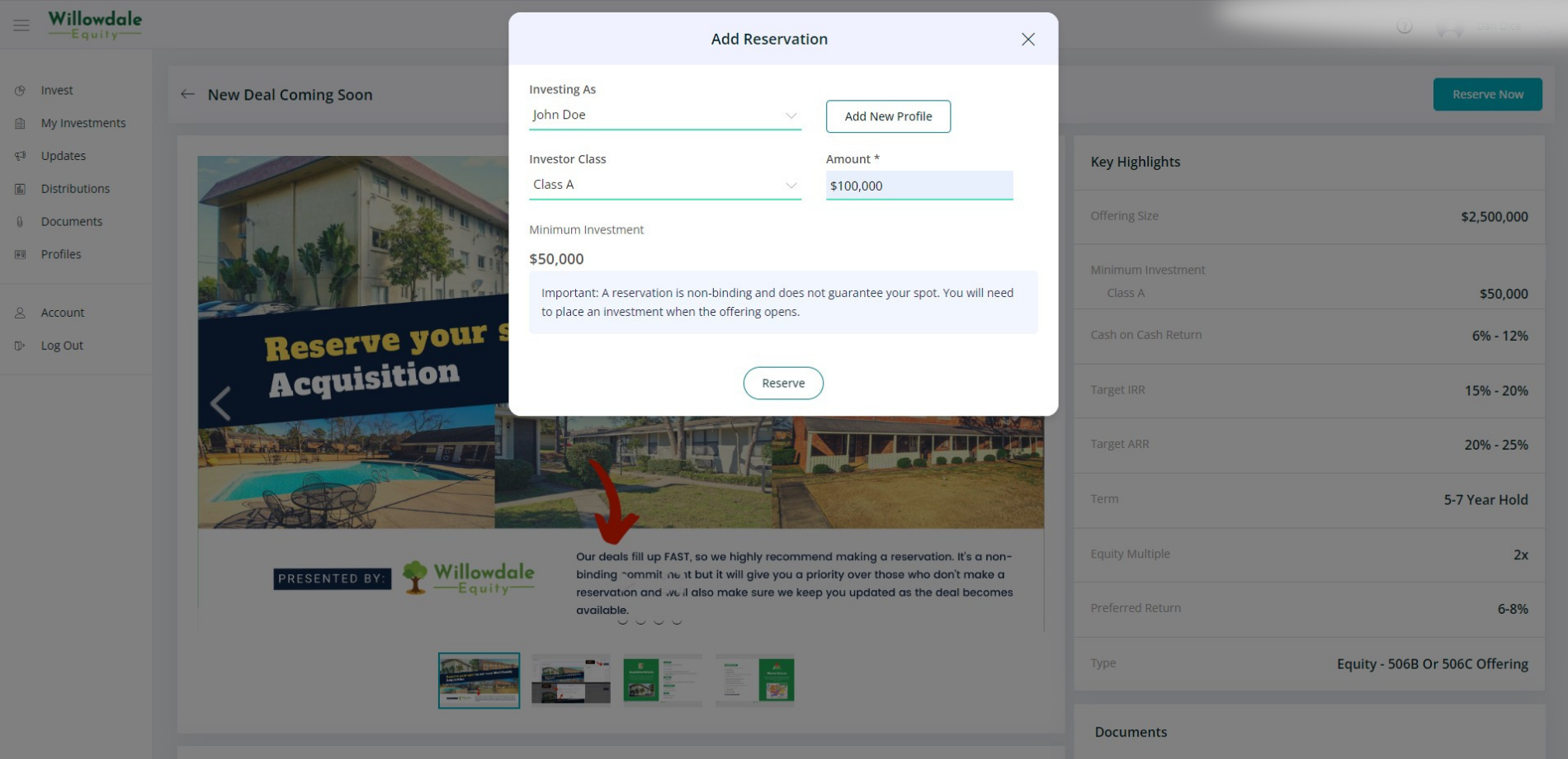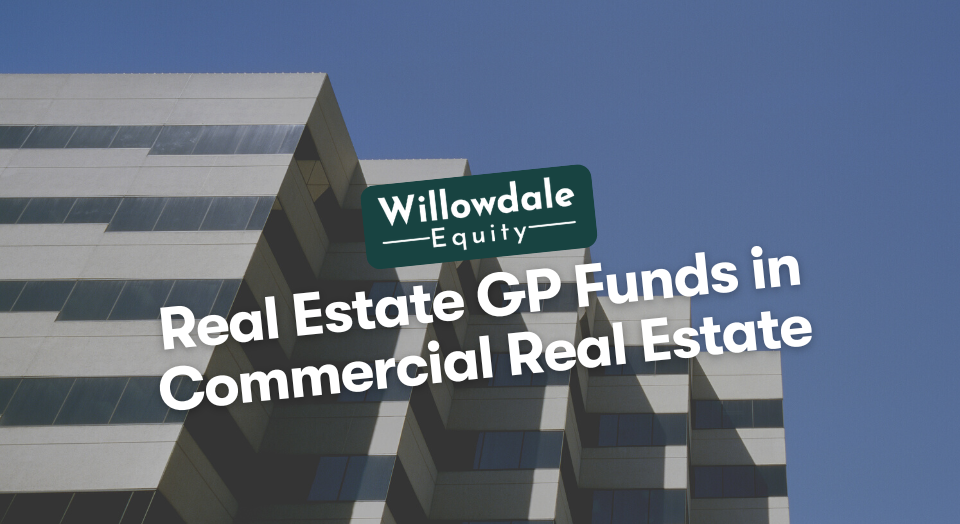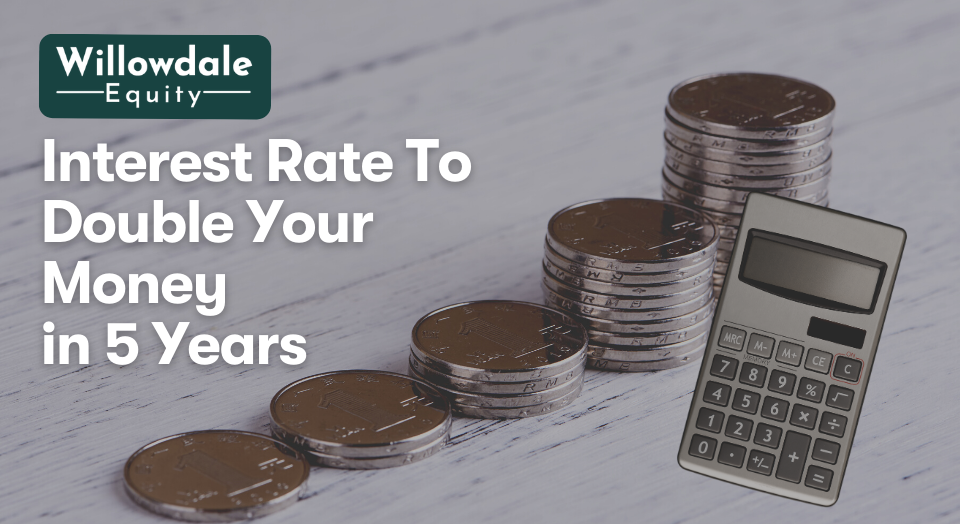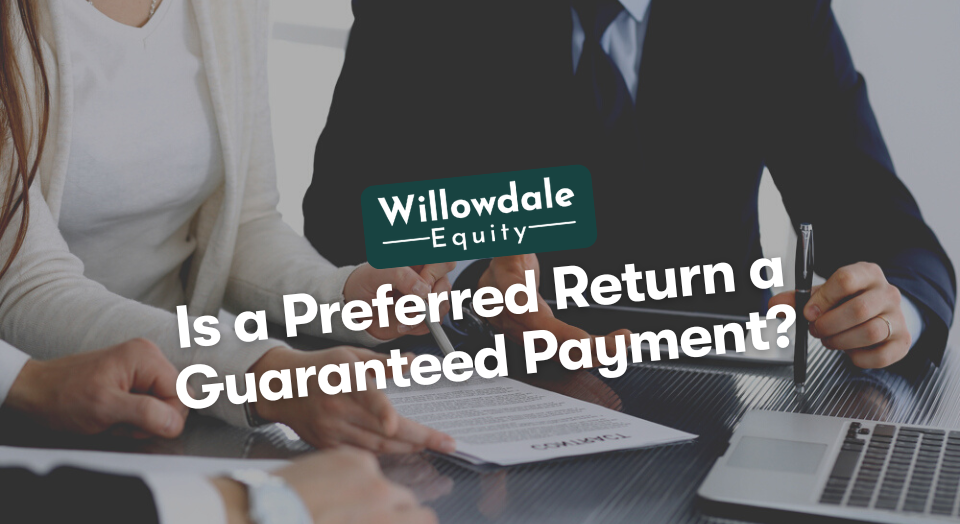
Is a Preferred Return a Guaranteed Payment in Private Real Estate Investing?
This article is part of our passive investors guide on real estate syndications, available here.
Investing in large real estate projects with other investors allows for acquiring properties that would otherwise be out of reach for an individual. But when investing with others, how does the sponsor or manager determine who gets paid, how much and when?
Two ways to align the interests of all parties involved in such a transaction are preferred and guaranteed payments. As an investor, it’s essential to thoroughly understand how returns will be distributed to partners in a significant real estate investment. A critical metric for investors is the preferred return, a predetermined percentage of profits distributed to investors based on their initial capital contribution in the deal.
Key Takeaways
-
In a private real estate investment, the preferred return is the minimum return an investor must receive before the real estate sponsor collects their share of the cash distributions or profits.
-
Typically this amount is set between 5% and 8% of the investment but can be lower or higher.
-
The preferred return is not guaranteed. Although some groups will have the preferred return accrue, meaning whatever portion of the preferred return that is owed will still be paid at the sale of the project.
What is the Preferred Return in a Private Real Estate Investing?
In a private real estate investment, the preferred return is the minimum return an investor must receive before the real estate sponsor collects their share of the cash distributions or profits. Typically this amount is set between 5% and 8% of the investment but can be lower or higher. This percentage can be negotiated but is generally tied to the investment’s risk as well as the type of investor the real estate sponsor is seeking. Investment Portions can be divided into different classes, each with its own relationship of risk and reward for the investor.
By using this preferred return structure, sponsors are incentivized to optimize returns in the hopes that they will be able to collect their fees on profits beyond the preferred return. Partners can also collect their fees when it comes time to sell the property, even if they didn’t collect guaranteed payments during the cash flow period of the investment.
Example in Action
Let’s say an investor puts $100,000 into a project that has a 7% preferred return. In this scenario, the project has to first pay 7% of the investor’s capital contribution of $100,000 before collecting their share of the distributions or profits.
In this scenario, the first $7,000 in cash flow generated by the property will be distributed to the investor. The investor can trust management to optimize the property and execute the said business plan since the sponsor isn’t making any money until this return is met.
The Capital Account in Private Real Estate Investing
When a large group of investors participates in a real estate investment offering, it is crucial to keep track of each investor’s portion of the investment. When managing these extensive holdings, each investor is allocated a capital account. This account keeps track of each investor’s capital and returns as it relates to the investment overall. This is relatively simple to track if all investors are investing in the same asset class.
However, as most large deals are divided into several asset classes, tracking each investor’s basis and payouts becomes extremely important (more about asset classes later). By keeping track of each investor’s capital account, partners know whether or not they’ve reached their preferred return and when they can take money out for guaranteed payments.
Is a Preferred Return a Guaranteed Payment?

While a preferred return is an obligation to pay out a certain percentage of a real estate investment’s initial return without fees, a guaranteed payment is what a partner collects for managing the property and investors’ funds. There’s always an associated risk with any investment. If the property cannot generate a return, there won’t be any profits for the investor.
If there are no profits for the investors and there is a preferred return greater than 0%, the partner won’t be able to collect any guaranteed payments.
Furthermore, if the property returns only 5% over a period and the preferred return is 7%, the investor will only receive 5%, not 7%. The preferred return is not guaranteed. Although some groups will have the preferred return accrue, meaning whatever portion of the preferred return that is owed will still be paid at the sale of the project.
Can Limited Partners get Guaranteed Payments?
Yes, limited partners get guaranteed payments. However, how these payments are taxed depends on several factors. The IRS states that partners receiving guaranteed payments for tax purposes will generally be considered self-employed for this kind of distribution.
There are plenty of exceptions and caveats, so it’s essential to consult an accountant to comply with the tax code fully and understand your liabilities, given your particular investment.
It’s important to emphasize the difference between a preferred return and a guaranteed payment. The guaranteed payment is essentially a fee for managing the investment, and a preferred return is the percentage of profits an investor can recoup before guaranteed payments for the sponsor kick in.
What are Typical Preferred Returns?
What constitutes a typical return depends on several factors, including risk level and asset class. Generally, most multifamily real estate deals have preferred returns of 6%- 8%, with higher risk resulting in higher preferred return allocation.
Most deals also include several asset classes. For example, some private real estate syndications divide the partnership capital they raise for the project into several share classes. This share class structure follows a waterfall structure, meaning different classes have different terms, investment minimus, and priorities for returns.
Here’s an example scenario:
- Class A must invest a minimum of $100,000, but they are entitled to an 11% preferred return and receive 1st priority for cash flow distributions. They don’t participate in the deal’s upside.
- Class B investors only have to invest a minimum of $50,000 into the deal. They get an 8% preferred return and are 2nd priority for distributions from the investment. They participate in 70% of the project’s upside. Once they achieve a 2x equity multiple, excess capital is split 50/50.
- Class C investors have to invest at least $500,000. They receive a 9% preferred return and are also 2nd priority for distributions. They participate in 70% of the project’s upside, and once they achieve a 2x equity multiple, excess capital is split 50/50.
This kind of structure creates incentives for different types of investors. Some investors are interested in investing a considerable amount and are willing to put up more capital if they can get more preferential terms because they have the means to do so.
In contrast, others don’t have a considerable amount of money to invest, so they will get less preferential terms to participate in the project.
The Aligning of Values of Both the Sponsor and Investors (GP & LP's)

The purpose of having a preferred return is to keep everybody’s interests aligned. But deferring payment of a manager’s guaranteed payments, the sponsor is incentivized to generate cash flow for the investors to generate enough to pay themselves eventually. Without such a mechanism, what incentivizes the real estate sponsor to perform?
All they would have to do is keep the project afloat and collect their fees no matter what. This introduces a lot of bad actors into the business. While a preferred return can’t guarantee a manager’s competence, such a structure will prevent certain partners from participating in deals.
In today’s real estate environment, many deals pay only the preferred return since yields are low. In these deals, managers make their money when the deal is sold and not from cash flow throughout the life of the investment.
Different markets also have other practices. Risk is lower in more competitive markets. In these regions, like New York and San Francisco, the preferred return will be lower than in Kansas City, for example. In New York, it is not uncommon to encounter deals with no preferred return as plenty of investors lined up to put money into New York real estate.
Related Read: What is the Downside of Preferred Stock?
Frequently Asked Questions About The Preferred Return in Real Estate Investing
A guaranteed payment is one that a partner receives in exchange for services performed for the partnership. This is paid only after the property generates the preferred return for its investors. Taxing this depends on the partnership structure, but partners are generally taxed as if they are self-employed.
Yes, a partner can receive guaranteed payments. However, if they are not an employee of the fund, they are not issued a W2 for their services and are instead taxed as self-employed individuals.
Are Preferred Returns a Guaranteed Payment - Conclusion
Now that you better understand the difference between preferred returns and guaranteed payments, you’ll better understand the nuances of how cashflows are distributed amongst investors in a larger deal. As an investor, it is important to understand that the General Partner or real estate sponsor’s interests are aligned with yours and that they don’t get paid until they meet the pre-defined return hurdles for investors.
Perhaps you’re now wondering how to find these kinds of deals. For that, it’s essential to have a network of fellow investors. Joining the investor club here at Willowdale Equity gets you access to private value-add multifamily investment opportunities across the southeastern United States.
Sources:
- IRS.GOV, “Entities 1“
The Willowdale Equity Investment Club is a private group of investors that are looking to passively grow their capital and share in all the tax benefits through multifamily real estate investments.
